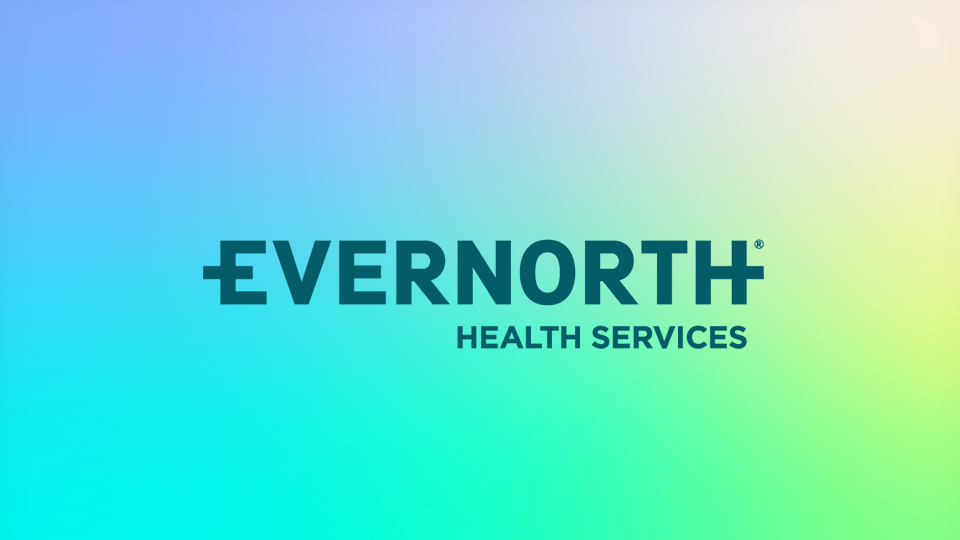The mind-body connection
An individual’s behavioral health plays a big role in their general well-being. According to a recent study, 92% of adults living with behavioral health conditions, such as anxiety, depression and substance use disorders, also have physical health conditions1.
Being in a healthy mental state can help prevent progression to more serious disease. On the flip side, poor behavioral health is a risk factor for chronic conditions such as diabetes, asthma, cancer, cardiovascular disease and arthritis.
The mind-body connection is amplified, as higher levels of anxiety and stress are shown to lead to additional unhealthy behaviors, such as increased smoking. Individuals experiencing behavioral health conditions also struggle with seeking care, taking their medication as prescribed and getting exercise—factors that are necessary to control chronic conditions.
According to the National Alliance on Mental Illness, untreated behavioral health conditions contribute to inefficient care of physical ailments, costing health plans and employers billions of dollars annually. Depression alone is responsible for $44 billion in lost productivity.
Barriers to accessing behavioral health services
There are many factors keeping individuals from getting the care they need. As the U.S. faces a shortage of behavioral health professionals, provider availability has become a real challenge in many areas.
According to research from MDLIVE, an Evernorth Health Services company, participants overwhelmingly cite that the hardest part about managing their behavioral health is getting started. In fact, 70% of respondents who wanted to get help said they experienced some type of confusion or uncertainty around coverage, how to find a provider, and expected outcomes.
Also, there is a widespread lack of understanding of the different types of behavioral health providers and their roles, which may make the process of finding one even more daunting. Among people open to using behavioral health services, only about 40% understand the role of a psychologist or what a therapist offers. Helping patients understand the different types of providers and proper treatment options is a key step to breaking down barriers.
Perhaps most surprising is that 68% more study participants who cited stigma as a barrier were past users of behavioral health care versus non-users. And nearly twice as many past users reported feelings of fear.
Actions plan sponsors can take to provide access behavioral health services
Working together, health plans, employers and providers can reduce a member’s confusion with getting behavioral health care and reduce costs for plans and members by taking these four steps:
- Provide members with support to help them navigate their benefits, starting with resources and tools that are easy to access and use.
- Help members filter different types of providers and find a good match from the start. And make it clear that they aren’t locked into a relationship with any provider.
- Offer a broad range of options for individuals to connect with their behavioral health provider, such as phone calls, texting, and online video. In the MDLIVE research, 55% of respondents said they were open to using telehealth for behavioral health services, citing two core advantages: the ability to get care from the comfort of wherever they are, and the overall feeling of being in a safe space to talk with someone about sensitive issues.
- Rethink how we talk about behavioral health to reduce the longstanding negative stigma and harmful labels associated with it. Individuals struggling with behavioral health want to be optimistic and hopeful.
Taking steps to improve the mental health of members and employees can reduce net cost of care, especially among individuals suffering from multiple chronic illnesses or complex conditions. An Evernorth analysis of people newly diagnosed with a behavioral health condition found that receiving behavioral outpatient care was associated with $2,565 lower costs per person over 15 months and $3,321 over 27 months.
Sign up for our newsletter to get updated when new content is available.

